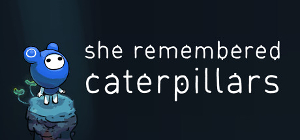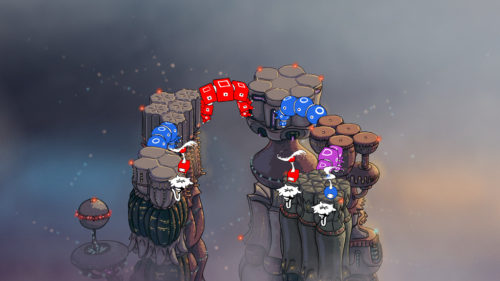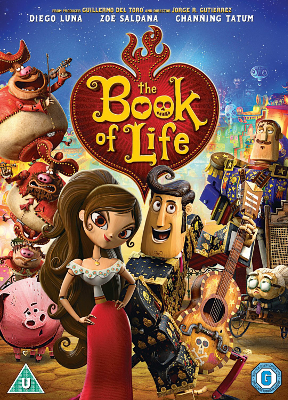The previous year was difficult due to the heat, meaning I was behind on everything. I started to catch up in the beginning of 2019 and my air conditioner arrived. Then one of my family died. During those events, I also injured my knee, which continued to cause issues throughout the year. Just as things started to settle later in the year, another family member died. About the only good side is Brexit was delayed, so I didn’t have to deal with everything at once.
The result was I didn’t do very much at all when it comes to business things. I mainly focused on family and recovering from the injury.
Art
I had little time to make products for my Zazzle store. I made a few things and cleaned up a few things, but it was minor. My sales continued to increase without having to do anything. This is a great form of passive income and I’m glad I had this set up before this year. I’ll work on getting some new designs done and increasing my overall number of products.
Writing
I sold two short stories during the year. “Rewilding Nova” sold to Rosalind’s Siblings, which is an anthology about marginalised scientists. “Busy Little Bees” sold to Common Bonds, which focuses on aromantic characters. These were the short story submissions I mentioned in my previous yearly update, so it was great to end up selling both of them. I believe both anthologies are due in 2020.
I didn’t have time to finish Conduit with everything else happening, though this is still in the queue to be released. This wasn’t only due to me, as one of my family helps with editing and wouldn’t have been in a state to do that either.
This is where the tough choices come in. Longer work can potentially mean decent income for a long time, but this hasn’t really happened for me. I make more selling a short story for a single payment than putting longer work up for sale for several years. A short story usually takes a few months at most, but long work can take several years to write, so this is completely out of proportion. I can earn a tiny bit for several years of work or a reasonable sum for a few months.
The obvious conclusion is that it isn’t a good use of my time to write novellas and novels. I do still have ideas and want to work on them at some point, but I need my income to be more stable, as they’re basically passion projects. They don’t pay for themselves. So once Conduit is out, I’m not setting any deadlines or making any public plans for other longer work. It’ll happen if I can afford the time to write.
I will be writing some short stories if I can find some suitable submission calls. This isn’t in as good a place as this time last year, as I’d already been asked to submit to the two where I ended up selling work. They were good fits for my sort of work. So far, I don’t see anything on the horizon that looks suitable, but there might be a surprise call at some point.
I’m also hoping to do some video readings of some of my existing work, which leads on to the next thing.
YouTube
I put a few videos on YouTube years back, with the thought that it’d be a good idea to do something with it. Years went by and I didn’t do anything, but that first video (of a wild bee swarm) managed to get an average of 500 views every year for ten years. I probably really should have done something to build on that earlier.
I needed something I could work on in small doses, so I decided it was time. I started uploading videos in October. I went through older videos and uploaded those, as well as working on some new content. My aim was to do relaxing videos of various sorts, including nature, art, my pets and some sensory/ASMR videos.
Getting to the point of being able to run adverts on YouTube is not easy. It requires 1000 subscribers (and a certain amount of view time, but that’s the easier part). Even without adverts though, I’m planning on some videos that tie in with other stuff, like showing art and reading stories. It could be a good way to reach new people, even if I don’t reach the point of running adverts.
So far, I’ve been enjoying making the videos. My plan is to put out content regularly for a year and then review how it’s going. I’m open to video requests (within the sort of stuff I can do).
Other Things
I spent most of the year not reading anything or playing any games, though did get a couple of book reviews done. Patreon got a short story and some tank friends photos. It was a quiet year on those fronts.
In good news, I did get money from Amazon Associates and they’ve recently added the ability to get electronic payments for UK people. No more cashing foreign cheques.
Short Version
It was a difficult year with two deaths in the family and an injury. The release of Conduit was delayed, though should be out in 2020. I sold two short stories, which should also be out in 2020. Zazzle sales continued to do well with little input from me. I started a YouTube channel and will spend a year working on that before reviewing my progress.
 Series: Wayward Children, #1
Series: Wayward Children, #1 Developer: jumpsuit entertainment
Developer: jumpsuit entertainment
 Genre: Children’s Fantasy / Film
Genre: Children’s Fantasy / Film